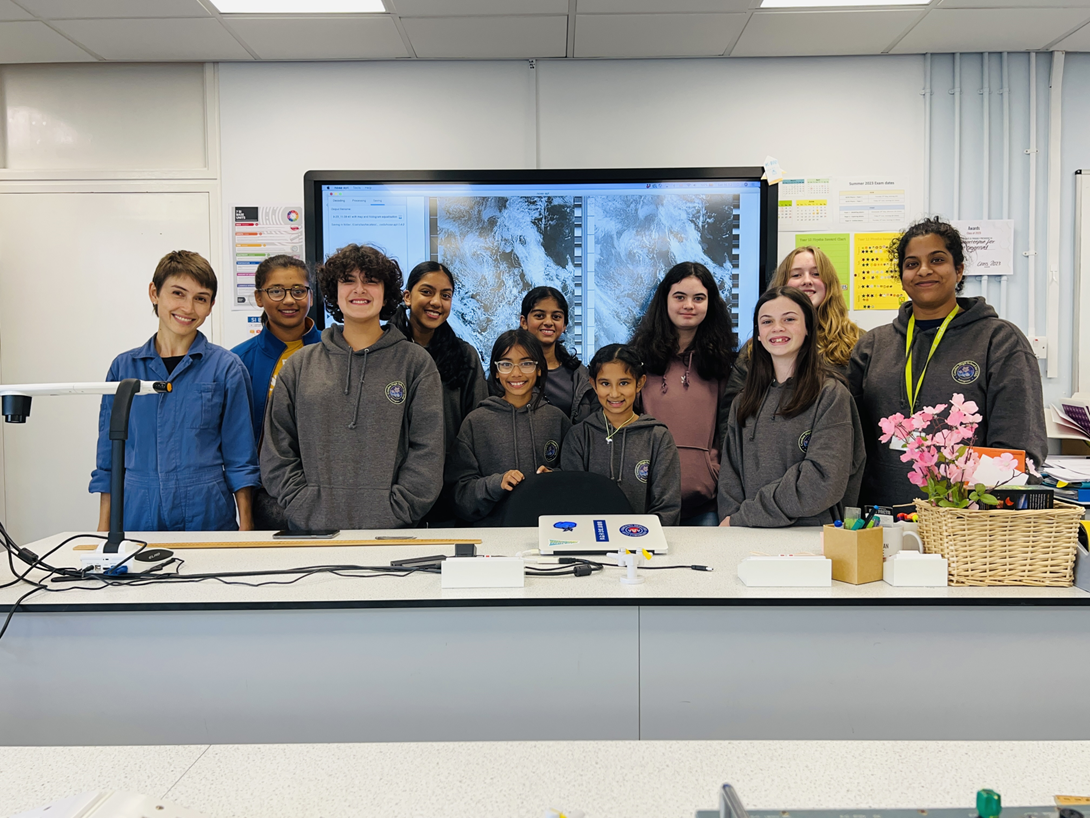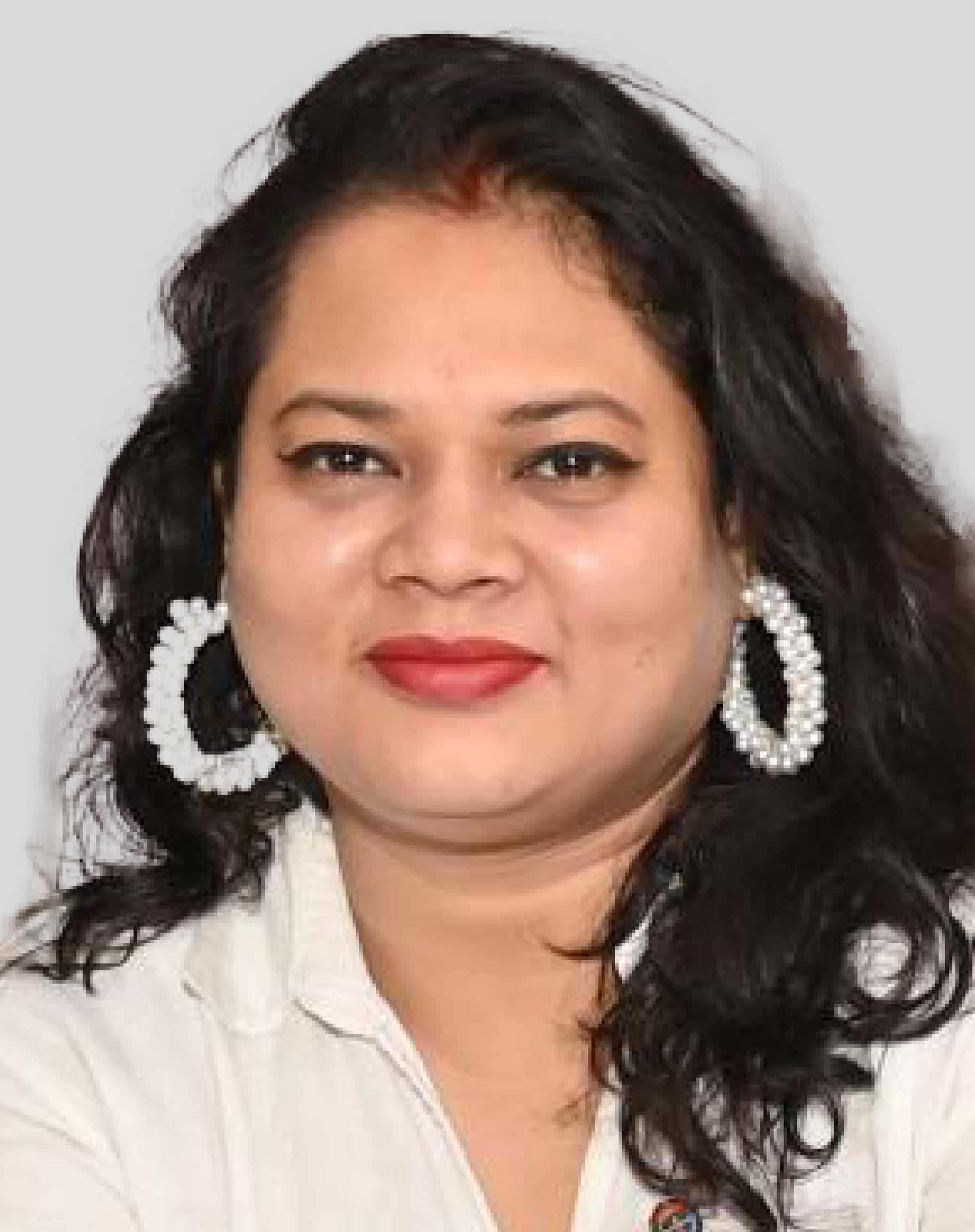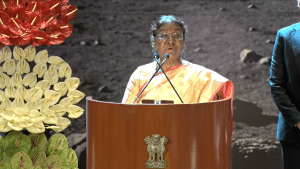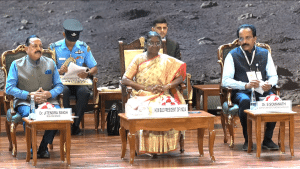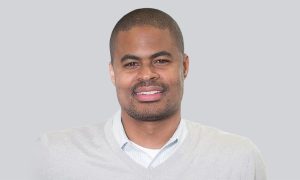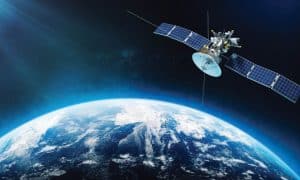According to research by Space4Women by UNOOSA, women are still visibly underrepresented as researchers in STEM fields in all regions, with the world’s average of only 28.8 percent. Overall, the number of women in the aerospace industry have fluctuated at around 20 percent for at least 30 years and among astronauts, only 11 percent have been women.
The 2020 Space Census states that women make up 29% of the space workforce.
Arabi Karteepan, Head of Physics at Croydon High School highlights the under-representation of women in space sector, and how more girl students can be encouraged to participate and aspire a career in space and astrophysics.
Status of space science/ geospatial education in schools

According to the UK’s Higher Education Student Statistics 2020-21, Highest Education Statistics Agency (HESA) data, reveals that of the first-year undergraduates in engineering and technology who had studied both maths and physics at A level, only 22% were female students.
As per 2020 Space Census, overall women are slightly less likely to study a STEM subject, but when they do, they more likely than men to study science and less likely to study engineering.
Karteepan says, “Through STEM clubs such as Astrogazers, it provides pupils the opportunity to apply their knowledge and gain skills in a space context which otherwise wouldn’t be possible in a classroom setting. Through successful missions/projects, it inspires others to consider an avenue in the space sector.”
“As technology develops further, it will lead to progress in many areas within industry. Though geospatial technology will benefit, it will still need the brilliant minds of people to understand the core principles to dream and realize new ideas.”
Recently Arabi Karteepan has been awarded the prestigious 2024 Secondary and Further Education Award, by the Royal Astronomical Society, after recognizing her outstanding contributions to promoting Astronomy and Space Science within the educational community.
Her achievements include “Mission Aspiration”, leading one of the first successful launches from a UK school of high-altitude meteorological balloons, reaching an impressive altitude of over 32,000 metres. The mission involved a team of girls from Years 5 – 11 launching two meteorological balloons carrying two payloads.
Low Aspiration amongst girl students
Recently, Croydon High School’s Astrogazers had invited Open-weather to lead a DIY satellite ground station workshop. Open-weather is a global cultural initiative focused on imagining the Earth and its weather systems using DIY community tools.
Co-led by designer-researcher Sophie Dyer and creative geographer Sasha Engelmann, Open-Weather writes how-to guides, develops artworks and leads inclusive workshops on the reception of NOAA (National Oceanic and Atmospheric Administration) satellite images using free or inexpensive amateur radio tools. A fragile network has formed around the project, now including over 100 DIY satellite ground station operators around the world, from Bangkok to Berlin.


“It is crucial to encourage young people, particularly girls, into joining the space sector, as women are significantly under-represented. Achieving this involves inspiring and enthusing the younger generation. Exposure to role models is essential, as you can’t become something that you haven’t seen,” Karteepan adds.
The recruitment of the space begins in their formative years at junior and senior school. She believes knowledge about the different career paths in the space sector isn’t advertised or promoted enough for the younger generation to consider early on.
“Furthermore, providing the opportunities for the younger generation to collaborate with professionals from universities and the industry, can lead to gaining invaluable experience on projects of significant size. This experience can boost their self-confidence to consider working in the space industry or in related fields,” she adds.


